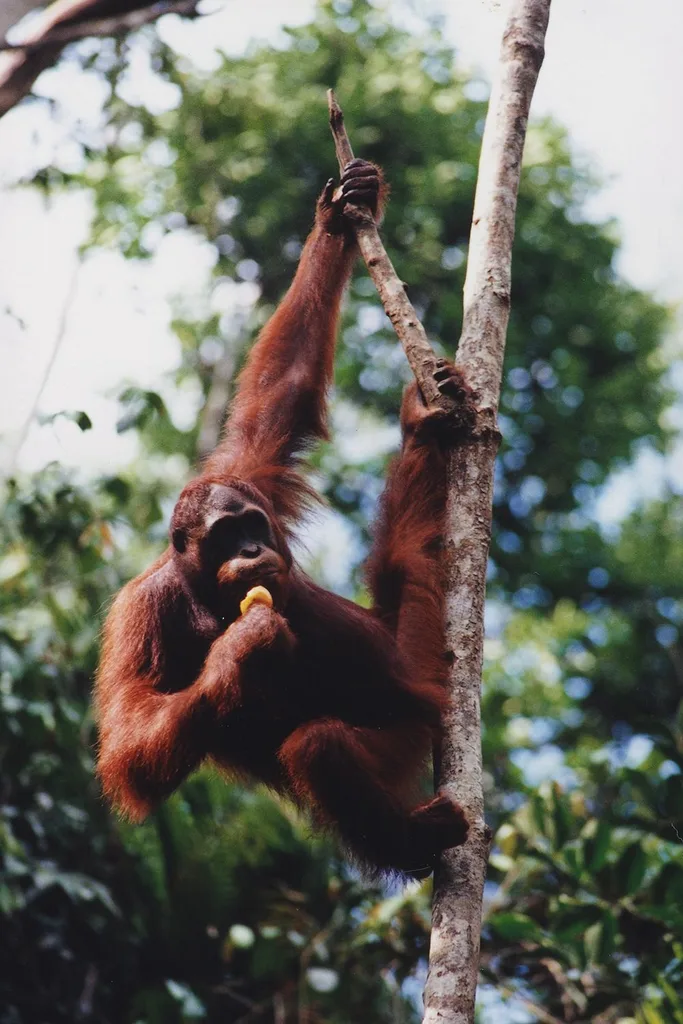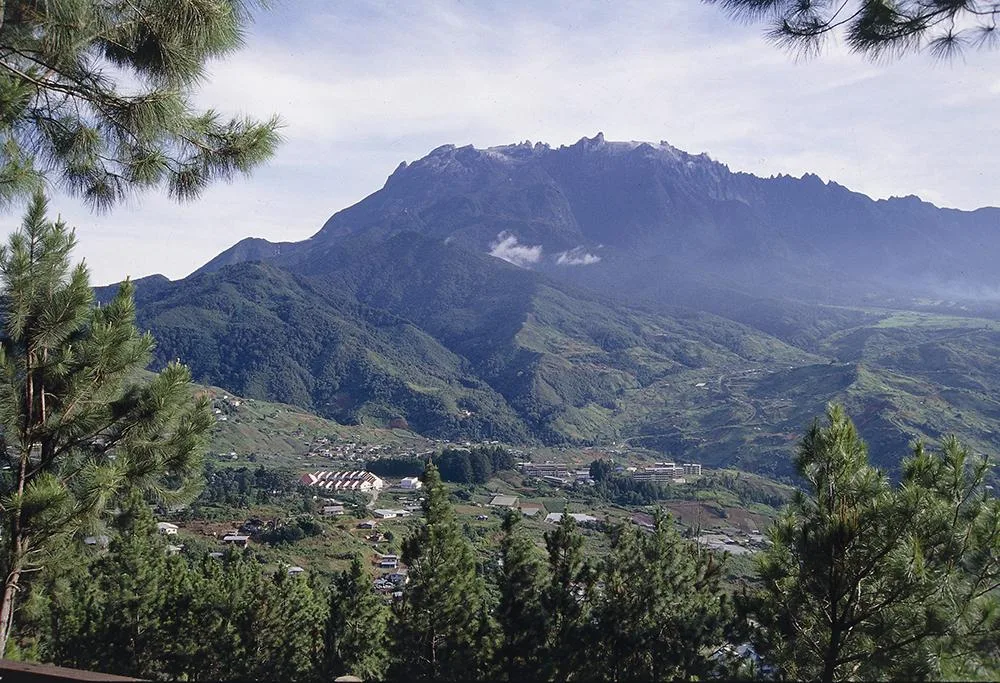A short hop from Singapore, Sabah offers you so many different sorts of experiences, it’s hard to believe it’s only part of an island. From watching orang utans at play to breathing cool mountain air as you gaze across a lush tea plantation, you can enjoy a variety of holidays all in one place. From your base in Kota Kinabalu, the thriving capital on the west coast, you can reach every attraction on offer.
There’s no need to miss out on comfort, either, just because you hanker for adventure, with four and five-star hotels to stay in, for a fraction what you’d pay in Australia, with a wide choice of other types of accommodation to choose from in the city or beyond.
The tropical rainforest will enchant you with its riches, from tiny orchids to soaring trees entwined with vines and the teeming animal life. Australians interested in our history will also want to retrace the steps of the Sandakan Death Marches and remember the thousands of Diggers and British troops who lost their lives. So, for a trip that promises surprises and unique sights and sounds, Sabah is a destination that will not disappoint.
There is a special connection the Sabahnese feel with Australians and it was forged in war. In 1945, in the face of an Allied advance, the Japanese forced 2428 prisoners of war (POW), including 1787 Australians and 641 British troops, to march 250 kilometres from Sandakan, in northern Borneo, to Ranau in the west, in three groups. Their torturous journeys took them through thick jungle and, already weakened by years in captivity, thousands of the POWs died or were killed by their Japanese guards along the way. Of the thousands that set out, only six marchers – all of them Australian – survived. It remains the single worst atrocity committed against Australians in war. Memorials marking the start and finish of the marches can be found in Sandakan, where a memorial day is held on August 15 each year, and at Ranau, and there is also the Kundasang War Memorial situated on the fringe of Mount Kinabalu Park. Today, the visitor wanting to pay their respects can travel the same route in relative comfort, but will still be moved by the thought of those brave men struggling through a hostile environment.
To find out how to retrace the journey of the marchers, visit www.sandakan-deathmarch.com

The jungles of Borneo host an amazing array of animals, birds and plants. One that visitors are keen to see is the majestic and endangered orang utan. The best way to see the “Man of the Forest” is at a sanctuary, either the Sepilok Orang Utan Sanctuary, 40 minutes outside Sandakan in the west, or at the orang utan reserve found behind the Shangri-La Rasa Ria Resort at Kota Kinabalu, in the east. At these sanctuaries, the orang utans have been rescued from lives as pets or they are orphans, and are being rehabilitated, so, one day, they can return to their natural habitat, the forest. It’s a thrill the first time you hear the rustle of leaves and, there before you, are orang utans playing or feeding. You don’t have to stay at the resort to visit the orang utan sanctuary, but it’s well worth a look, with its family-friendly beachfront position and plenty of activities to keep everyone happy.
For more details about seeing orang utans, visit www.sabahtourism.com

No visit to Borneo would be complete without seeing Mount Kinabalu Park, Malaysia’s first World Heritage site. A botanical paradise, the park covers 754 square kilometres and the focal point is the breathtaking mountain itself. More than 4000 metres high, the mountain is never out of sight for long as you travel up the winding road towards it. The fitter among you can take a guided hike to its peak, but those after a less strenuous experience can enjoy a walk around the botanical gardens at its foot. The gardens are a showcase of the fascinating plant-life that inhabits the park.
For more information on Mount Kinabalu Park, visit www.sabahtourism.com
A refreshing place to stop is the Sabah Tea Garden, on the road to Mount Kinabalu. The views are spectacular from the plantation, which spreads across the foothills of the mountain. You can take in a tour of the tea factory, where you’ll learn all about tea cultivation and sample some of the top quality tea produced here. You can also stay overnight or longer in a traditional bamboo long house or a more luxurious guesthouse. After the tropical atmosphere and bustle of Kota Kinabalu, the cool breezes and peace of the Tea Garden will refresh you as much as the tea.
For more information on the Sabah Tea Garden, visit www.sabahtea.net
Among the incredible array of wildlife to be found in Sabah, the fireflies are one of the most fascinating. A good place to see them is at the Monkey Tops Safari Eco-lodge and Fish Spa, at Kota Klias, 100 kilometres from Kota Kinabalu. Situated on the edge of the Klias River, Monkey Tops has a variety of nature-spotting activities to offer. Hop on a cruise boat and be taken on a guided tour to watch proboscis monkeys as they feed and find a suitable treetop for the night, or the smaller long-tailed macaques, silvered leaf monkeys, kingfishers, eagles and maybe even crocodiles – the forest is teeming with life. After dark, you can dine under a canopy of stars, on a deck built out into the river. When the night has descended on the jungle and all is dark, re-embark for a short trip to find the fireflies. Arranged like Christmas decorations, the fireflies will have you gasping in wonder at their twinkling beauty.
For more details, visit www.borneostarcruise.com
FLY: Singapore Airlines to Singapore then a connecting flight to Kota Kinabalu with its subsidiary, Silk Air. Phone 13 10 11 or visit www.singaporeairlines.com
STAY: You can either opt for the four-star luxury of the Novotel Hotel in Kota Kinabalu for a fraction what it would cost in Australia, or stay at one of the many budget hotels available in the city or elsewhere in Sabah. Visit www.sabahtourism.com for all your accommodation options.
VISIT: www.sabahtourism.com


